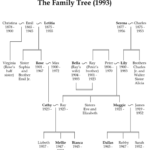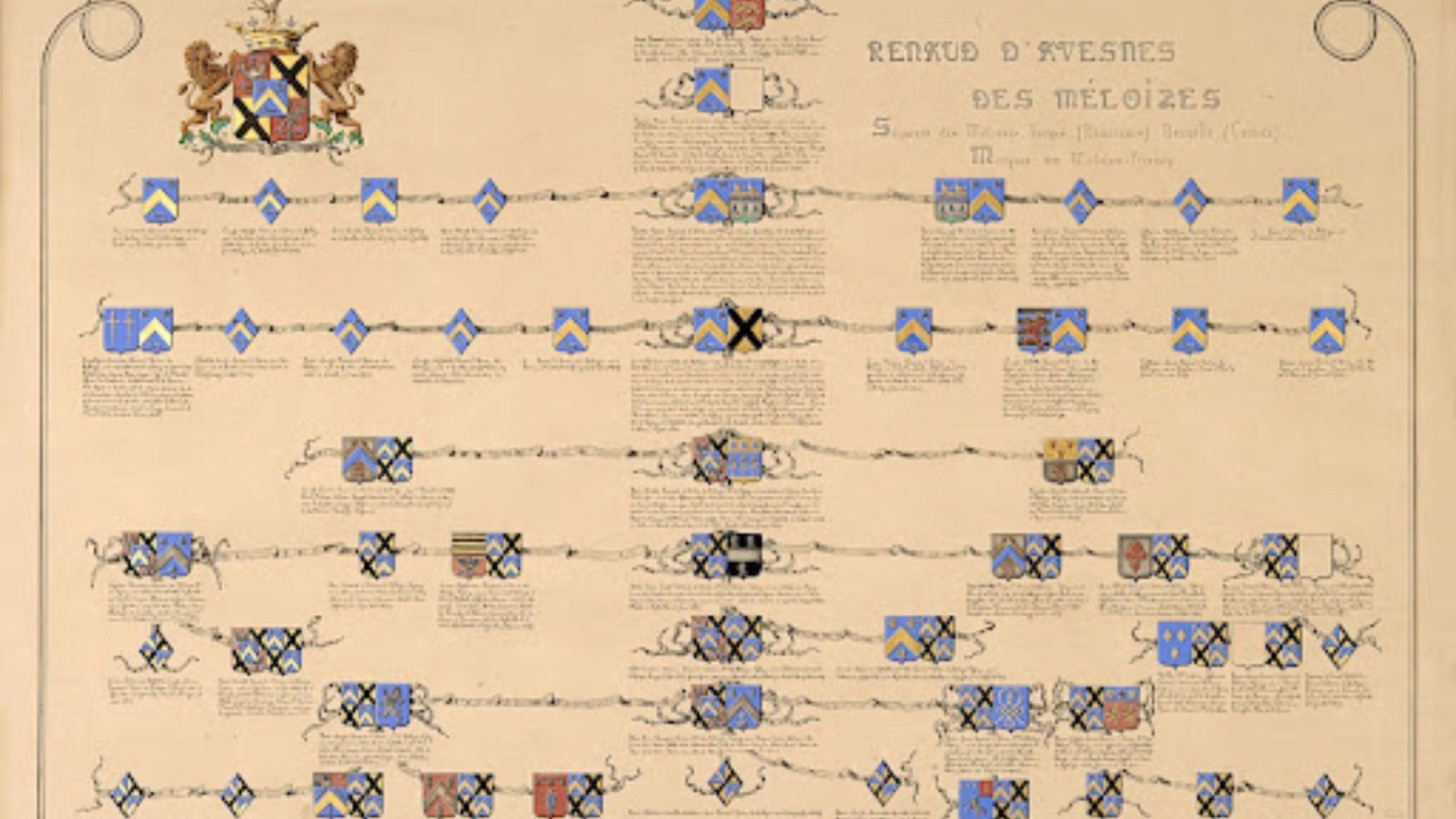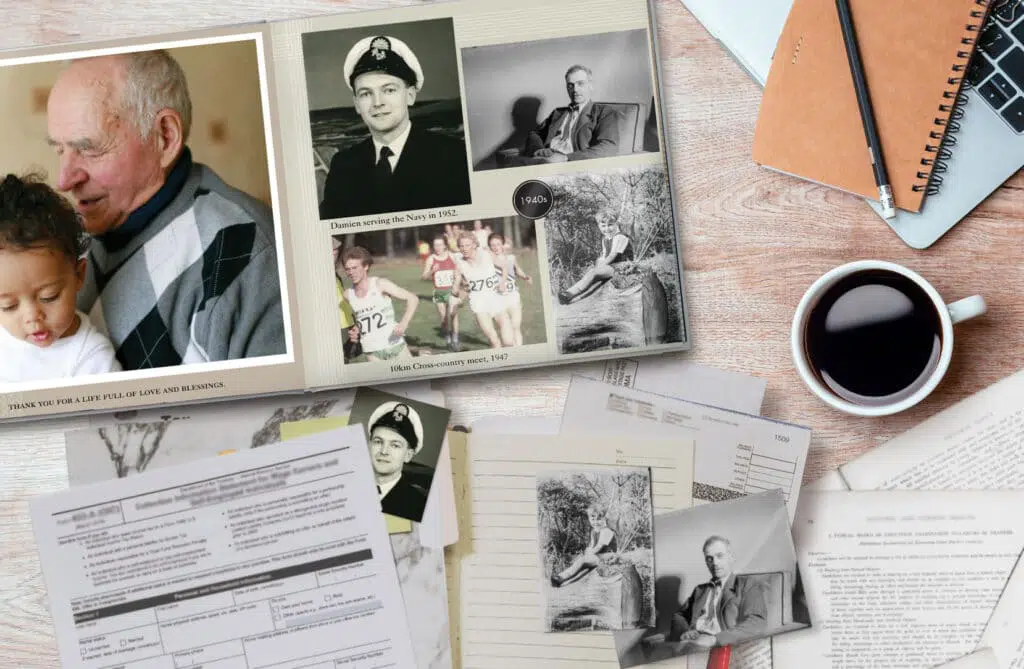When you write a genealogy book, it’s important to make it visually appealing. After all, a family history is not just about names and dates—it’s about telling a story. Tips for illustrating your genealogy book can help you turn your research into a beautiful and engaging story for your family to enjoy. Adding pictures, charts, and other visuals can help readers connect with the past in a more meaningful way. Here are some great tips for illustrating your genealogy book.
Why Illustrating Your Genealogy Book Is Important
Adding illustrations to your genealogy book makes it more interesting and easier to understand. Visuals like family photos, maps, and charts help bring the past to life. Readers can see the people, places, and events you’re writing about, which makes the family history more memorable. The tips for illustrating your genealogy book in this article will help you make your project more visually appealing and enjoyable.

Tip 1: Include Family Photos
One of the best ways to illustrate your genealogy book is by including family photos. Family pictures give readers a personal connection to the ancestors you are writing about. If you can, try to find old photographs that show important events, like weddings, family gatherings, or other significant moments. Label each photo with names, dates, and locations to give context. If you don’t have a lot of pictures, don’t worry—you can also include sketches or old documents. This is one of the most powerful tips for illustrating your genealogy book.
Tip 2: Use Family Trees and Charts
Family trees are one of the most common illustrations in genealogy books. They show how family members are related to each other. You can create a simple family tree with names and dates or use a more detailed chart that includes birthplaces and other important facts. If you’re including multiple generations, consider using branching charts that clearly show the connections between family members. Adding these visual elements will make your book more organized and easier to follow. This is one of the key tips for illustrating your genealogy book.
Tip 3: Add Maps
Maps can be very helpful when illustrating a genealogy book. They show where your ancestors lived, traveled, or were born. If your family lived in different regions or countries, you can add maps to show these places. Maps also help readers understand migration patterns and how family members moved over time. If possible, use historical maps to show changes in borders and geography. Including maps in your book is one of the best tips for illustrating your genealogy book because it helps create a more visual narrative.
Tip 4: Create Timelines
Another useful way to illustrate your genealogy book is by creating timelines. Timelines can show important family events, like births, deaths, marriages, and migrations, in a clear and easy-to-read format. You can organize the timeline by generation or focus on specific periods, such as World War II or the Great Depression, to show how these events impacted your ancestors. Timelines are a great way to highlight key moments in your family history. This is another great tip for illustrating your genealogy book.
Tip 5: Add Documents and Certificates
If you have important historical documents, like birth certificates, marriage records, or census records, you can include these in your genealogy book. These types of documents add credibility to your research and give readers a glimpse into your ancestors’ lives. You can scan and include copies of these records, making sure to clearly label them with the relevant information. Adding documents and certificates is one of the most useful tips for illustrating your genealogy book because it adds authenticity and richness to your project.
Tip 6: Use Illustrations and Artwork
While photos and charts are essential, sometimes illustrations or artwork can add a special touch to your genealogy book. You might want to include drawings of your ancestral homes, portraits of ancestors, or artistic depictions of significant events. You can hire an artist to create custom illustrations or find public domain images that fit your theme. These artistic touches can give your genealogy book a unique and personal feel, helping it stand out from other family history books. This is one of the most creative tips for illustrating your genealogy book.
Tip 7: Keep a Consistent Design
When illustrating your genealogy book, it’s important to maintain a consistent design throughout the book. Choose a font, color scheme, and layout that match the tone of your project. Whether you prefer a classic, vintage look or a more modern style, consistency will help tie all your illustrations together and create a professional look. It’s also helpful to leave enough space around each illustration to keep the book clean and organized. This is one of the most practical tips for illustrating your genealogy book.
Conclusion
Illustrating your genealogy book is a great way to make it visually engaging and easier to understand. With these tips for illustrating your genealogy book, you can add family photos, charts, maps, timelines, and other creative elements to bring your family history to life. By including these visual tools, you’ll make your family’s story more memorable and enjoyable for generations to come. So, take these ideas and start illustrating your genealogy book today!











